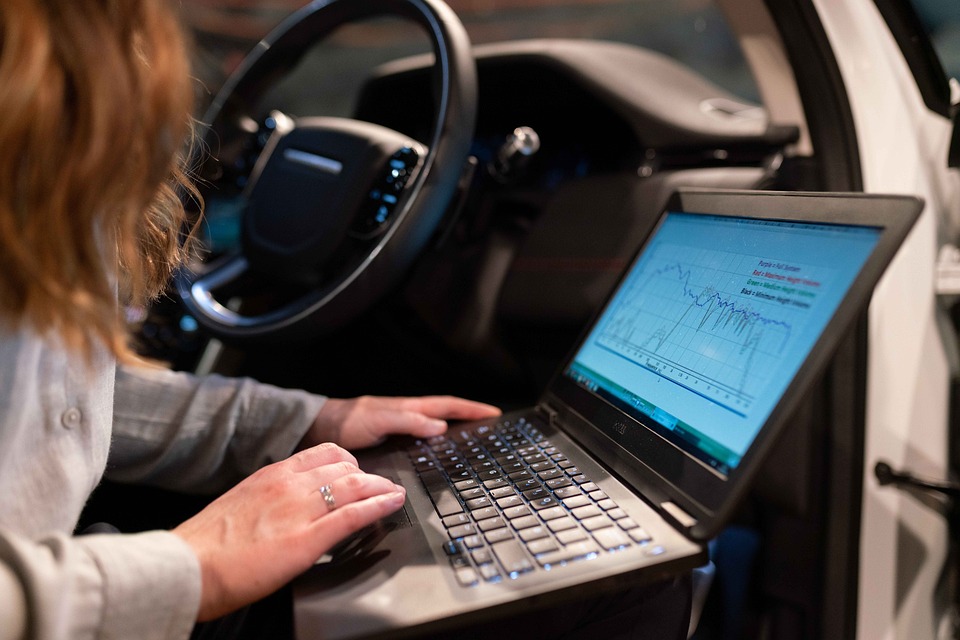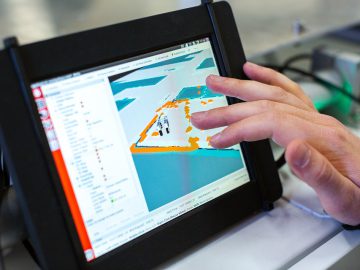The artificial intelligence observability market is experiencing explosive growth, projected to reach $10.7 billion by 2033 with a compound annual growth rate of 22.5%. As AI adoption accelerates—with 78% of organizations now using AI in at least one business function, up from 55% just two years ago—effective monitoring has become mission-critical for ensuring reliability, transparency, and compliance.
Organizations deploying AI at scale face unique challenges including data drift, concept drift, and emergent behaviors that traditional monitoring tools weren’t designed to handle. Modern AI observability platforms combine the ability to track model performance with specialized features like bias detection, explainability metrics, and continuous validation against ground truth data.
This comprehensive guide explores the most powerful AI observability platforms available today, providing detailed information on capabilities, pricing, pros and cons, and recent developments to help you make an informed decision for your organization’s specific needs.
Comparison Table of Best AI Observability Tools
| AI Tool | Best For | Price | Features |
|---|---|---|---|
| Arize AI | Comprehensive AI lifecycle monitoring | $50/mo | End-to-end AI visibility, OpenTelemetry support, LLM tracing |
| Fiddler AI | Explainability & LLM security | Custom pricing | AI explainability, Trust Service, SOC 2/HIPAA compliant |
| Superwise | ML model drift detection | Free + Usage-based | 100+ metrics, Alert correlation, Industry solutions |
| Datadog | Infrastructure + AI unified view | $15/host/mo | Full-stack visibility, LLM tracing, Prompt clustering |
| Dynatrace | Enterprise automation | $69/mo | Davis AI engine, Automated RCA, Topology mapping |
| New Relic | Business-focused insights | $49/user | AI-driven insights, Business observability, 50+ capabilities |
| WhyLabs | Privacy & open-source needs | Free | Privacy-first architecture, Real-time guardrails |
| Grafana | Visualization & dashboards | $49/mo | GPU monitoring, Custom dashboards, Flexible deployment |
| IBM Instana | Complex enterprise environments | $200/mo | Automated discovery, GenAI Runtime sensor, 1-second granularity |
| Middleware | Cost-effective full-stack | Free + Pay-as-you-go | Unified timeline, GPT-4 integration, 60-75% cost savings |
*Pricing is in $USD
Middleware provides a full-stack cloud observability platform that unifies metrics, logs, traces, and events into a single timeline, using AI for anomaly detection and error resolution. Their innovative unified timeline approach helps teams understand the sequence of events leading to issues more intuitively.
Middleware’s cost-effective approach makes it attractive for organizations looking to optimize their observability budget without sacrificing functionality. Their single-command installation simplifies deployment while their AI-powered analysis provides advanced insights comparable to enterprise platforms.
Pros and Cons
- Unified timeline view of all observability data
- Simple installation and setup
- Cost-effective compared to enterprise alternatives
- Advanced AI-powered analysis
- Newer platform with less market presence
- Less extensive documentation
- Smaller community for knowledge sharing
- Limited third-party integrations
Pricing (USD)
- Free Forever Plan: Limited but functional
- Pay As You Go: Usage-based pricing
- Enterprise: Custom pricing
Visit Middleware →
How to Choose the Right AI Observability Tool
Selecting the appropriate AI observability solution requires evaluating several critical factors:
1. Assess your organization’s AI maturity
Before evaluating tools, understand your organization’s current AI deployments, critical risks, regulatory requirements, and technical capabilities. Organizations with multiple production models have different needs than those just starting their AI journey.
2. Define clear requirements
Identify the specific metrics you need to track, establish performance baselines, determine alert priorities, and clarify reporting needs for stakeholders. Consider what types of models you’re monitoring (traditional ML, LLMs, computer vision) and their specific observability requirements.
3. Evaluate technical compatibility
Review your existing technology stack and identify integration points. 97% of IT decision-makers actively manage observability costs, making it crucial to select tools that integrate well with your infrastructure while optimizing expenses.
As AI adoption accelerates across industries, the need for robust observability becomes increasingly critical. The tools highlighted in this guide represent the cutting edge of AI monitoring technology, each offering unique approaches to ensuring reliability, performance, and compliance.
FAQ (AI Observability Tools)
1. What are the key features to look for in an AI observability tool?
Essential features include real-time model performance monitoring, drift detection, explainability capabilities, automated anomaly detection, integration with existing infrastructure, and guardrails for AI safety.
2. How does anomaly detection work in AI observability tools?
AI observability tools use statistical models and machine learning algorithms to establish baseline behaviors for AI systems. When metrics deviate significantly from normal patterns, the tools trigger alerts and provide context for investigation.
3. Which AI observability tool offers the best integration with existing systems?
Datadog leads in integration capabilities through its extensive ecosystem and ability to seamlessly connect AI monitoring with existing infrastructure observability. Its unified platform approach eliminates data silos.
4. How do AI observability tools help in reducing model bias?
These tools continuously monitor fairness metrics, demographic parity, and equal opportunity indicators. They flag potential bias in real-time and provide visualization tools to identify which data segments experience disparate outcomes.
5. What are the benefits of using AI-powered observability tools like Arize AI?
Arize AI offers purpose-built AI monitoring with comprehensive lifecycle coverage, open-source flexibility, and automated troubleshooting. Its advanced tracing capabilities and cloud platform integrations accelerate debugging for development teams.






